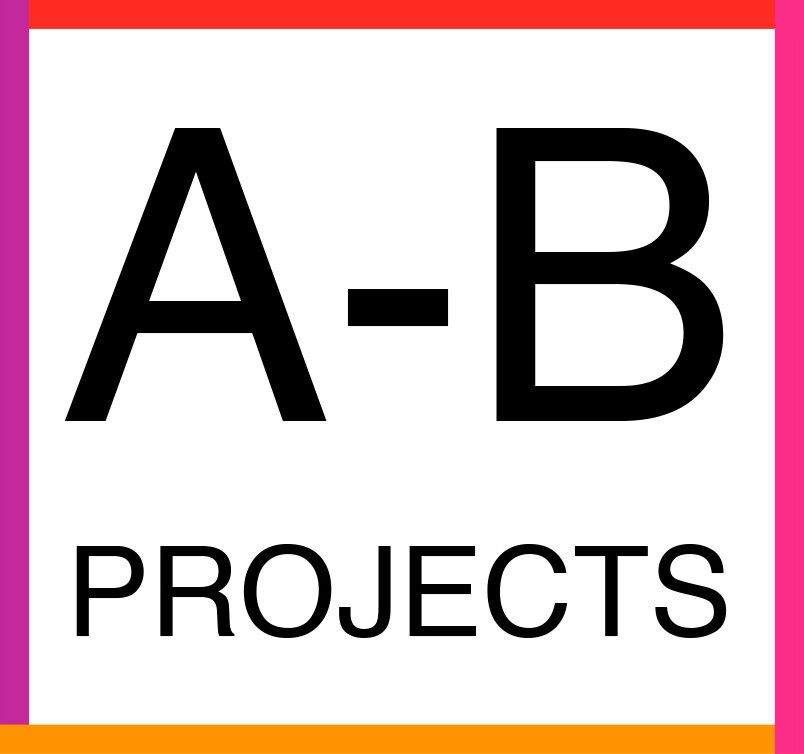Clay Stories
Sigrid Espelien
December 2020 “.edu edition”
Discussion Guide:
Summary:
Exercise:
Optional Reading:
Waste Glaze by Katrine Køster Holst, translated by Christine O’ Hagan
About the topic
A lump of clay doesn’t start its existence in meeting a person’s hand, it has a long history on its own: transported in a truck, being packed in a plastic bag, going through a pugmill, dug out from the ground, and transported with wind, water and glaciers over thousands of years; but first, stones crush into sand, sand crushes into silt, and silt rubs against itself until becoming tiny clay particles under 0,002 millimeters. The moment of a person touching the clay is equivalent merely to a sneeze in a human’s lifetime. In Norway there’s no processing of clay (everything available for purchase is imported), there are no brick factories, and there is almost no ceramic industry left. And yet, there is an abundance of local clay. How does this impact our connection to clay? Is it important to know our clay, know our clay’s history, know our clay’s locality? This discussion will address lay as a material not only perfected for our artistic visions, but also as soil, land, and territory.
This State of Ceramics was part of the Fall 2020 ".edu edition", a collective curriculum designed specifically for ceramic educators and students operating in digital space, which offers a menu of hands-on clay exercises, readings, resources, and collective discussions generated by artists Cathy Lu, Andres Payan Estrada, and Sigrid Espelien.
2020 has cast into stark relief the relationship between current events and how we conceive of and relate to bodies— how the coronavirus attacks and spreads between bodies, how human rights are unjustly equated with the physical attributes of bodies, how bodies navigate virtual space, how fires consume bodies of land, and how government bodies claim and wield power. Clay has the potential to be a device for elucidating these issues; clay bodies can be understood as a proxy for our bodies. With this in mind, each Fall 2020 “.edu edition” section and discussion focused upon specific questions that Cathy, Andres, and Sigrid engage with in their practices, as they relate to the shifting dynamic of contemporary ceramics within the overarching theme of Our Clay Bodies.
About the Lead Artist
Sigrid Espelien is an Oslo-based artist who researches local clay (blåleire) from a material perspective as an entry way to site and storytelling. The clay from construction sites contains stories of geology, archeology, city development, politics, science fiction and industry. The clay is also a starting point for research of technology.
Sigrid has a ceramic craft education from the Glass- and Ceramics School on Bornholm in Denmark and a Master in Fine Art with a focus in ceramics from Cranbrook Academy of Art in Michigan, USA.


